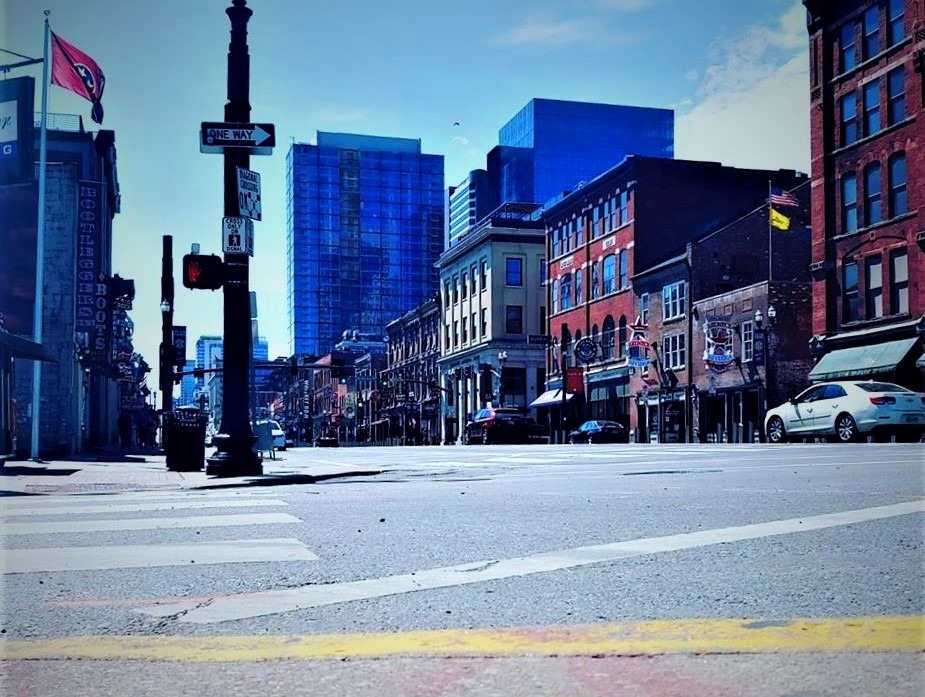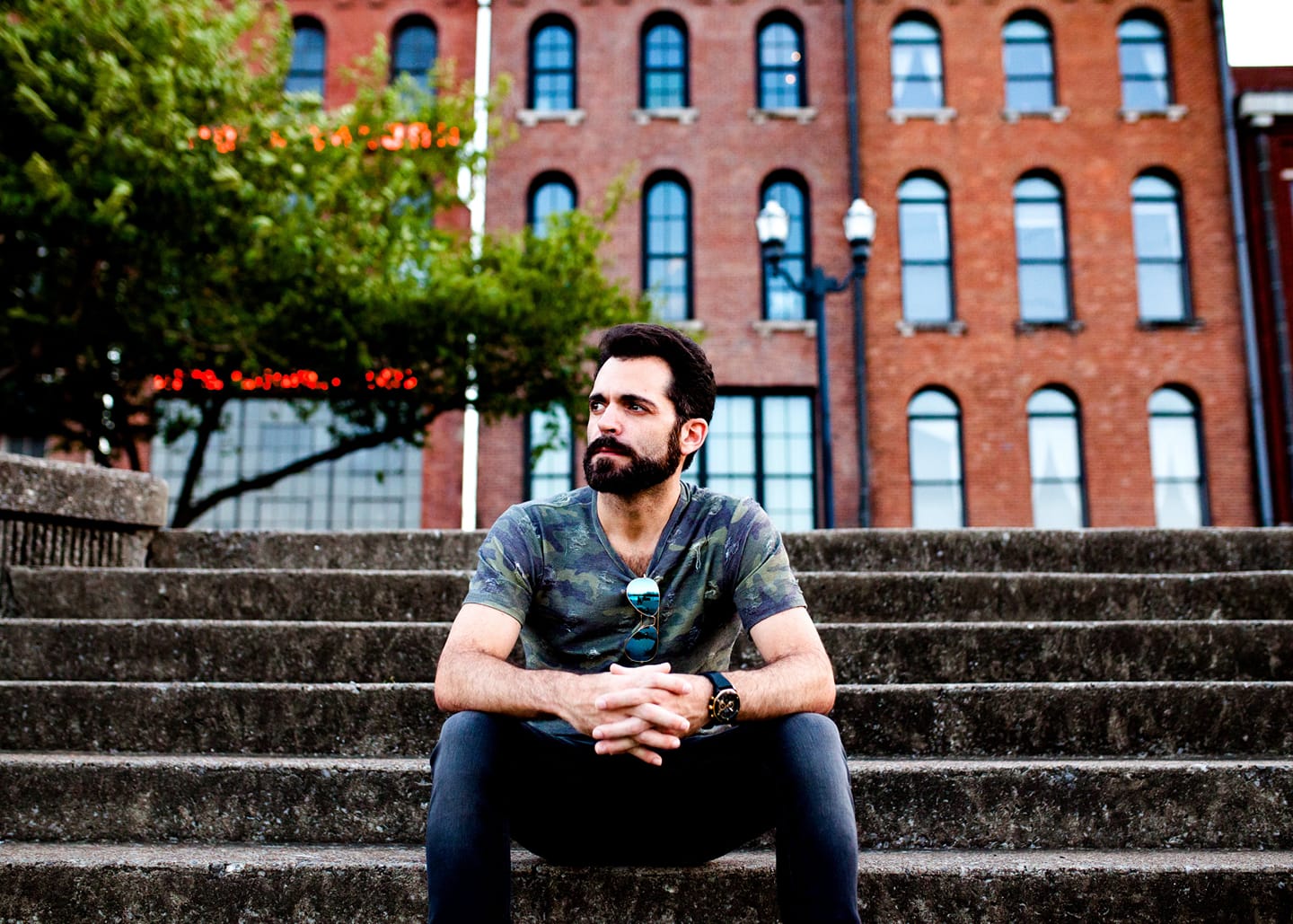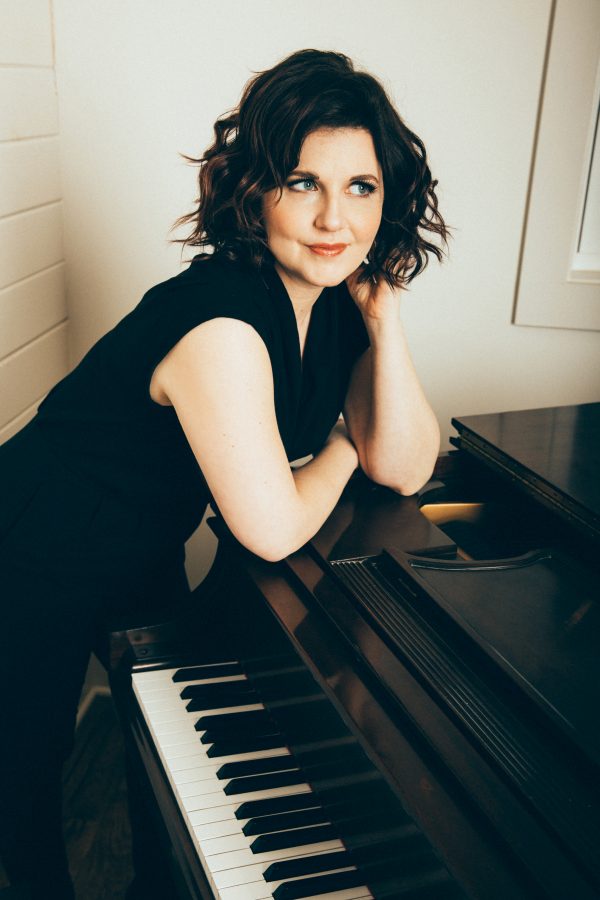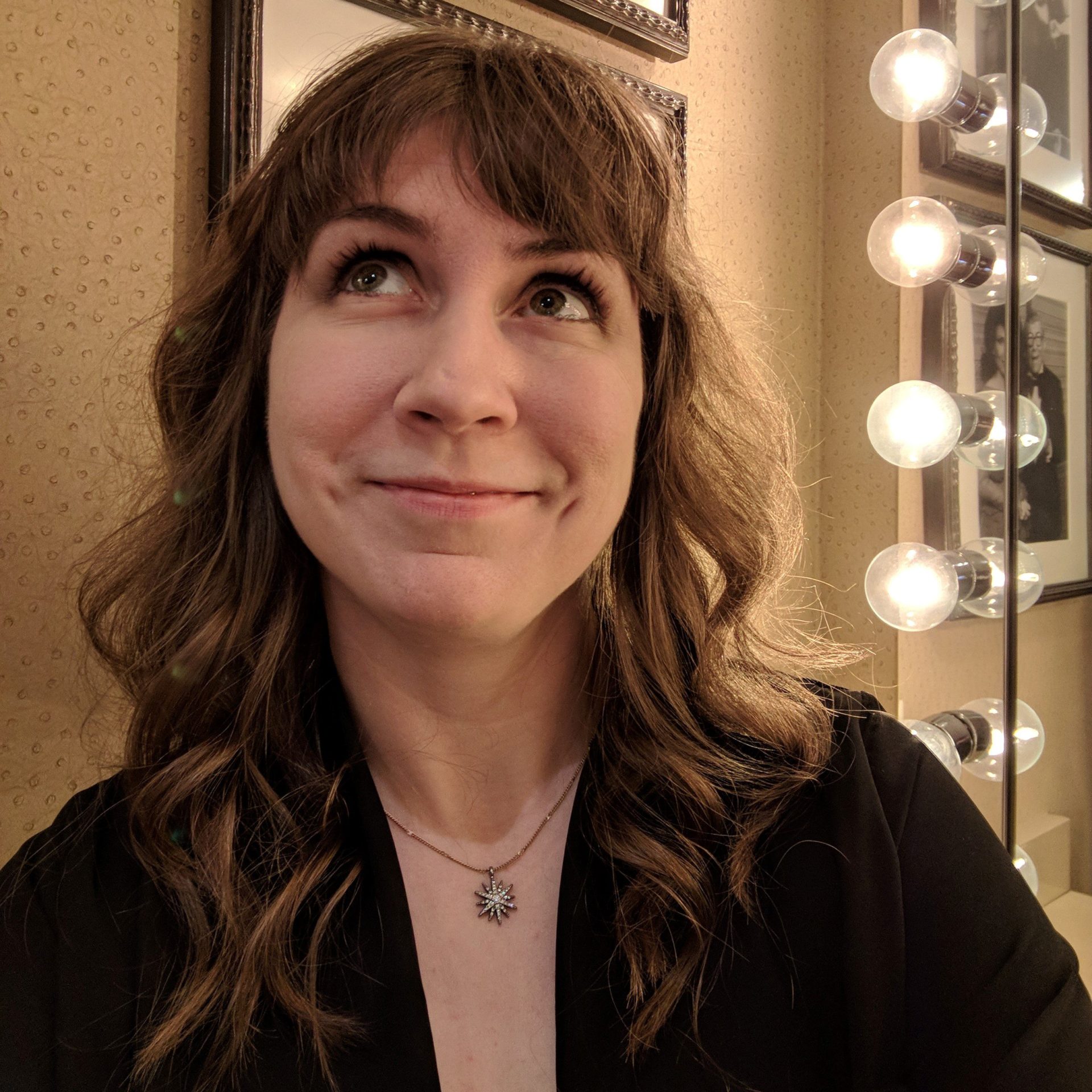On the Internets
Live Music in the Time of COVID-19
As Shelter in Place orders have been enacted in the majority of the United States over the last few weeks, musicians and entertainers of all kinds have suddenly found their livelihoods turned upside down. Nashville is a hub of the entertainment industry, and naturally has high numbers of talented musicians trying to figure out how to manage life and music from quarantine. While it is questionable whether social technology makes life better in a general sense, in this moment, it would seem that it does.

My Facebook feed practically hums with music content: live streaming solo shows from living rooms, live streaming band shows from undisclosed sheds in the greater Nashville area, beautifully spare quarantine music videos. Two Irish pubs in town hosted concerts to empty rooms in order to share tunes with their patrons; “Stay Home” music festivals bring musicians from around the world together on one program. So where do we find this content? What platforms and technology are they using? How can we continue to support musicians in a meaningful way until pubs, clubs, and coffee houses are once again buzzing with songs?

Let’s start with platforms. The most mainstream live streaming platforms are Facebook, Instagram, and YouTube, and in my informal survey, Facebook is the most used, though not necessarily best, platform. Twitch is known as a home for gamers, but many musicians are taking advantage of the streaming service. This article in The Verge by Dani Deahl outlines some of the benefits of Twitch versus other platforms, specifically related to monetization. Concert-specific platforms are also keeping musicians in the virtual spotlight: StageIt has taken over the space Concert Window vacated when it closed down last year, as a service that allows performers to set ticket prices and number of ‘seats,’ creating an exclusive atmosphere for their concerts.
Many musicians are using third party apps to improve the streaming experience on Facebook or Instagram. Vocalist and guitarist Jake Taylor uses MySet, which allows artists to build a set list of all their songs so audience members can request them. MySet is built to allow fans to tip performers; it also encourages fans to pool their tips for a common song, giving it a game-like element. Taylor, who has toured internationally with country acts and regularly fronts a band on Lower Broadway, likes the streamlined system, finding it easy to see requests at a glance and minimizing time spent scrolling through comments and emojis while live. Taylor is also experimenting with Cinamaker, a program that allows the performer to edit multiple camera angles into a single video stream in real time. A self-proclaimed tech geek, Taylor uses a GoPro Hero7 camera and a Bose Compact speaker system to deliver crisp audio and visuals. “The audio and visual quality of the performance are very important to me,” Taylor relays. “I want to limit the distractions people experience while they are watching, to make it feel like I am right there in the room with them. I’m fortunate to already have a lot of the tools on hand to be able to accomplish that reasonably well.”

While some musicians are using high end tech, others are throwing up a cell phone and going for it. Singer/songwriter Rachel Solomon has spent the last several years playing up to six nights a week in various and sundry international piano bars; when Solomon decided to jump into the fray of livestreaming shows she stayed true to her brand and is offering up a twice weekly virtual piano bar via Facebook Live. Solomon acknowledges that cell phone audio quality isn’t ideal (she has plans to upgrade her sound with an iRig interface that allows a microphone cable to plug into a phone), but says the opportunity to stay connected to her audience is worth whatever reservations she might have. “When I return home from my piano bar residencies for “time off,” I have difficulty adjusting to life without regular performances where I get to connect with an audience one-on-one, fulfilling song requests.” With gigs canceled for the next several months, Solomon had a similar feeling of, “Now what?” So she turned to live-streaming, “Not only to subsidize a little bit of missing income, but also to subsidize that missing connection with an audience in my favorite way: taking their song requests.”
Not surprisingly, different groups and organizations have jumped in to streamline the glut of live music offerings. Lower Broadway bands Whiskey, Cash and Roses and Three Lane have started live streaming under the banner Six Foot Serenade, serving up Broadway staples. Six Foot Serenade has started recruiting other musicians to stream under their banner, effectively curating honky tonk content from their living rooms. NPR has a recommended list of national streaming concerts; Now Playing Nashville has a sister list of local performers.
How do live streaming shows stack up in the money department? Most streaming concerts feature a virtual tip jar of some sort, and word on the street is that people are being generous, but streaming doesn’t replace the revenue generated by ticket sales, or even a four-hour shift in a honky tonk. Musicians may look to alternate methods to support their craft, such as Patreon. Patreon offers fans a chance to support their artist of choice for a few dollars a month, and the artist has the opportunity to create special content for their patrons. Tune Supply, a business started by intrepid New York Irish musicians Caitlin Warbelow and Chris Ranney a few days before St. Patrick’s Day, has a slightly different model, catering specifically to traditional Irish music fans. Warbelow and Ranney have a roster of some of the top Irish musicians, singers, and dancers in the country; people can order a set of tunes through the site, and their order is matched with one of the performers who then make a custom video for the recipient. It’s a boutique niche to be sure, but it shows the creativity people are engaging in to continue to make music in the face of isolation. (Full disclosure, I am on the Tune Supply roster. I would, however, write about them even if I weren’t, because they are that cool.)
despite being scared for their health, their futures, and their livelihoods, musicians know that music is healing, both for the player and the listener
Speaking as someone with a busking background, I find the current online atmosphere remarkably similar to a busy Boston subway station: talented people plying their trade to crowd after crowd, trying to catch the eye and ear of the person in a hurry, and entice them to drop some change in a bucket. Most of the musical offerings are delightful: stripped down versions of popular songs, new material written to fit the current moment, and there’s always a musical saw. There’s a lot of heart being put on display. Amongst the various online musician groups I belong to, the sentiment I have seen expressed over and over again is that, despite being scared for their health, their futures, and their livelihoods, musicians know that music is healing, both for the player and the listener. Musicians are live streaming despite their technological or personal insecurities- have you ever tried putting on a full-out show to an empty chair? It’s unnatural and unnerving, especially for people who make their living communicating and reading other people- in order to provide a moment of peace or healing to those who need it. As Taylor said, “The energy from a streaming show is vastly different from the energy of a live show, but we are still bringing happiness to people. We are in this profession because music is in our bones, and in this moment we are being who we are meant to be.”



